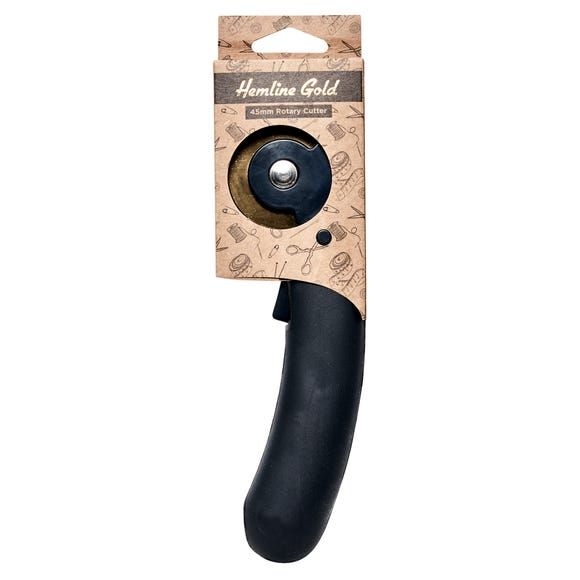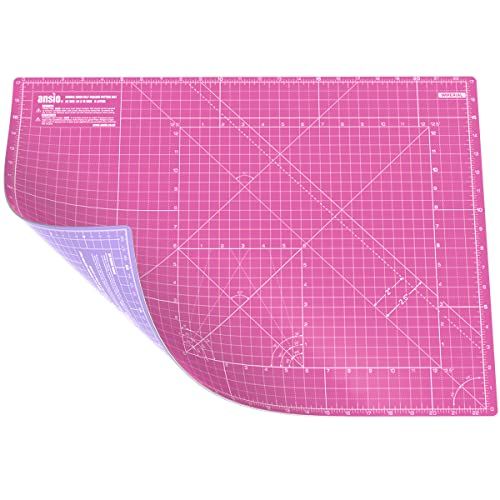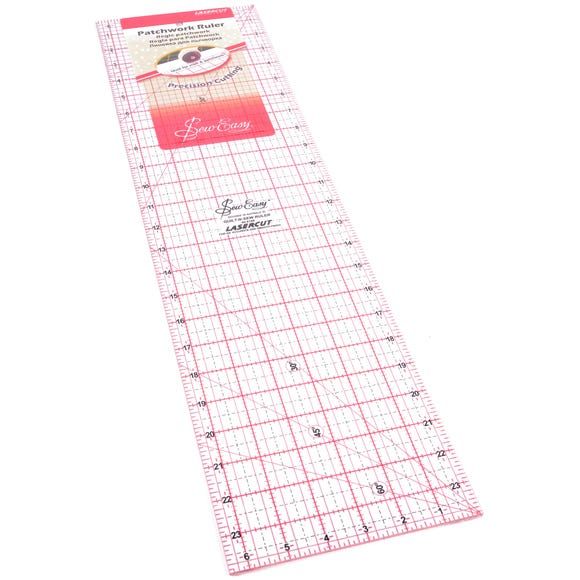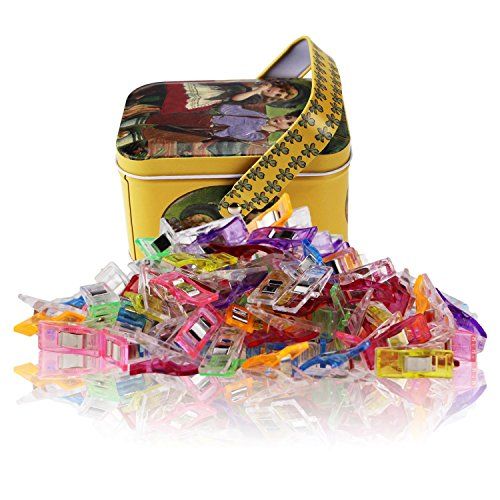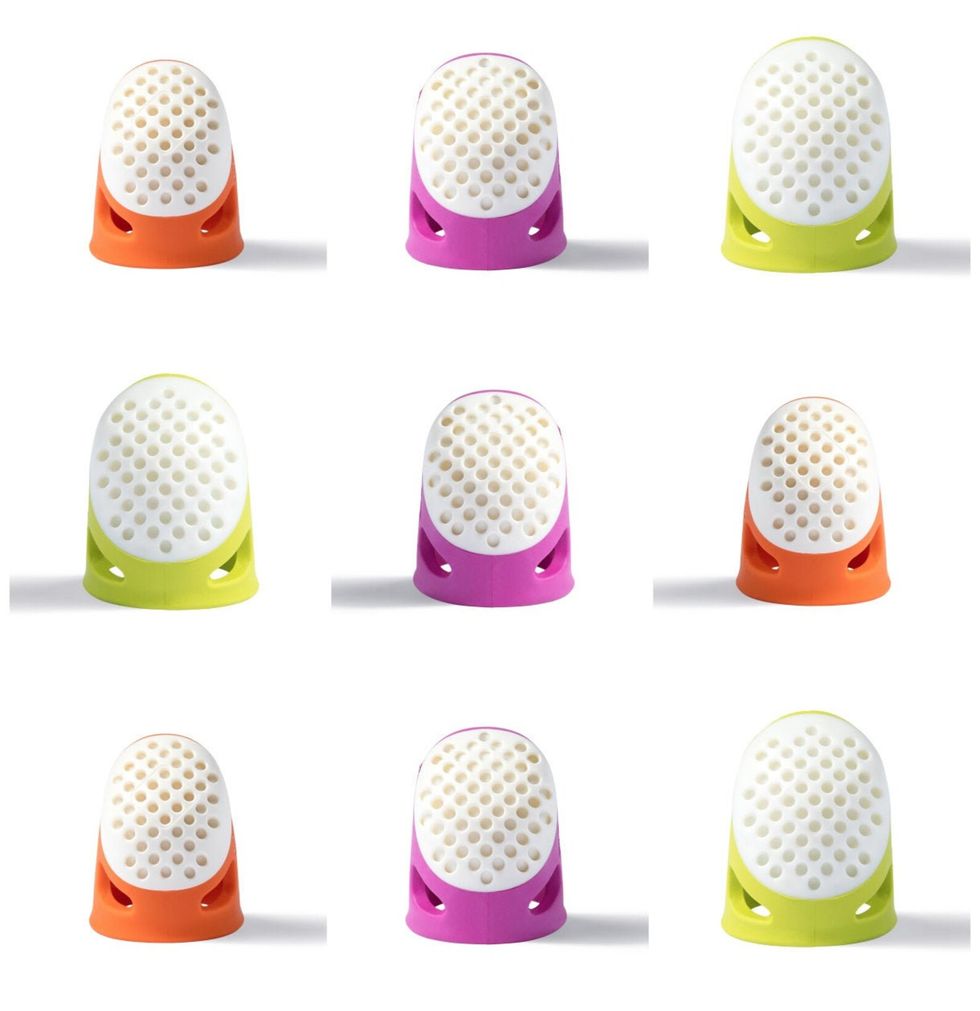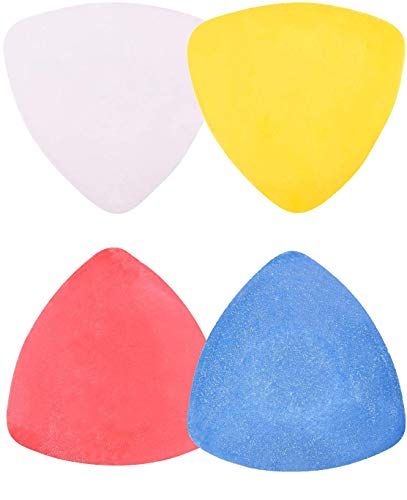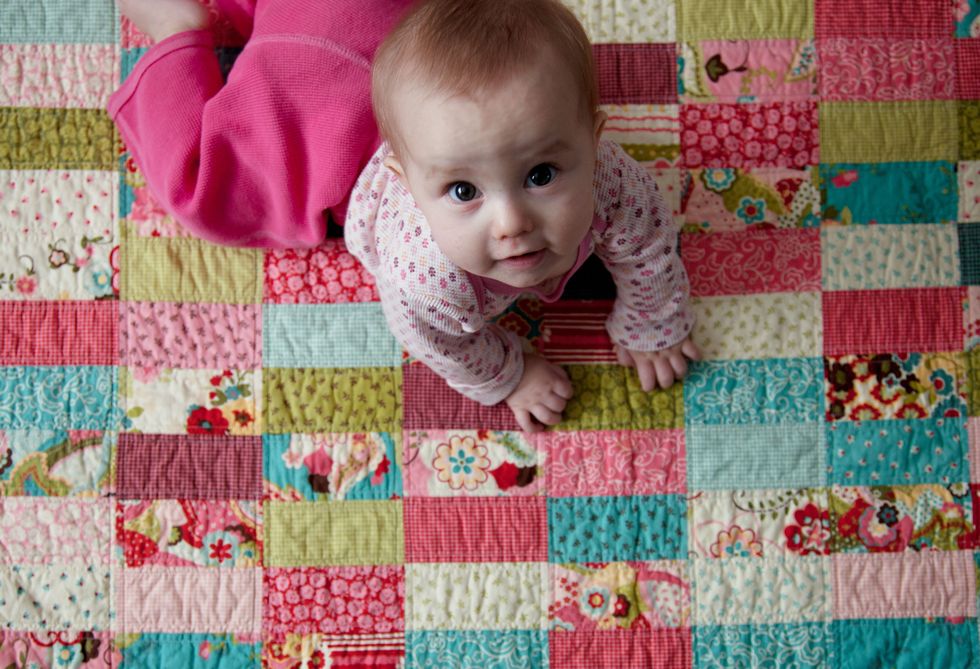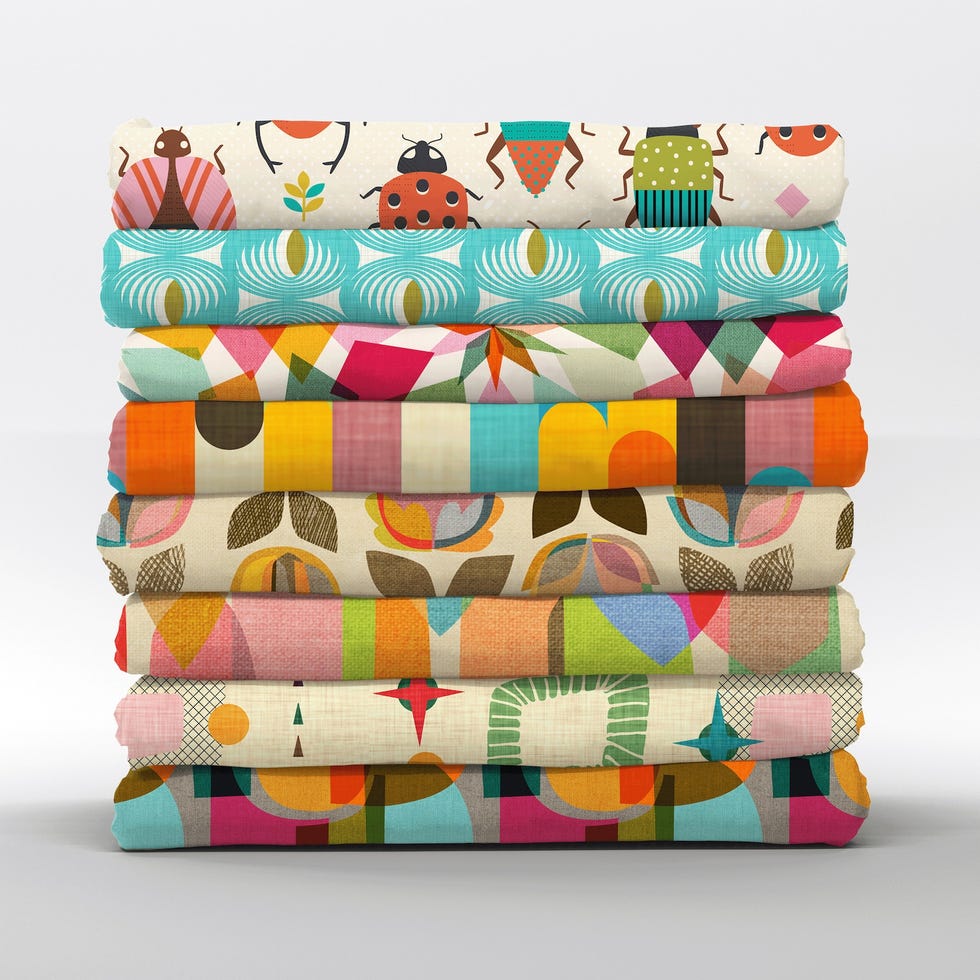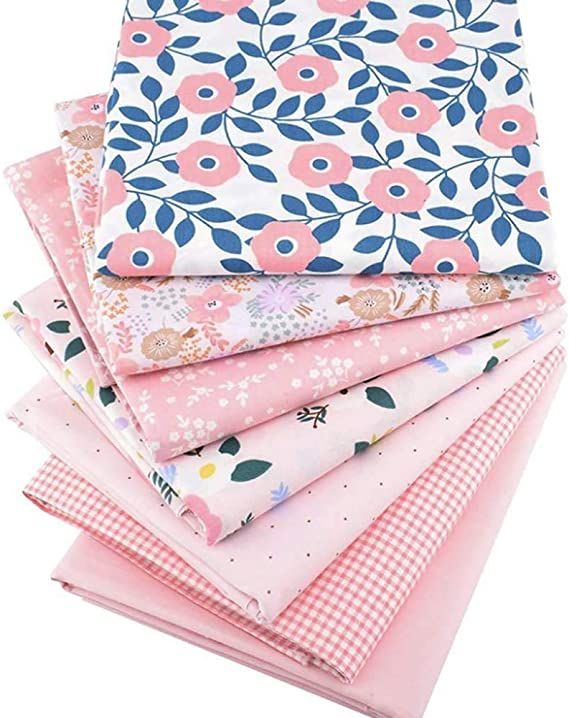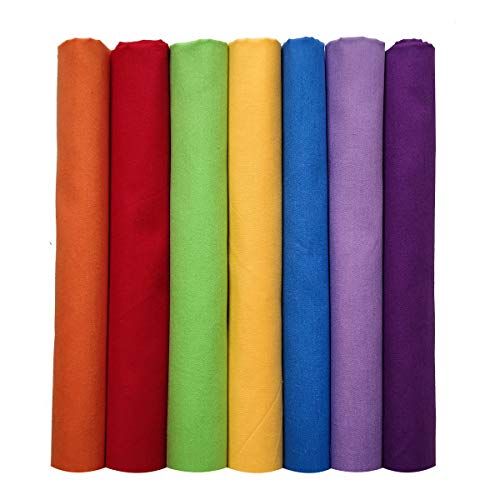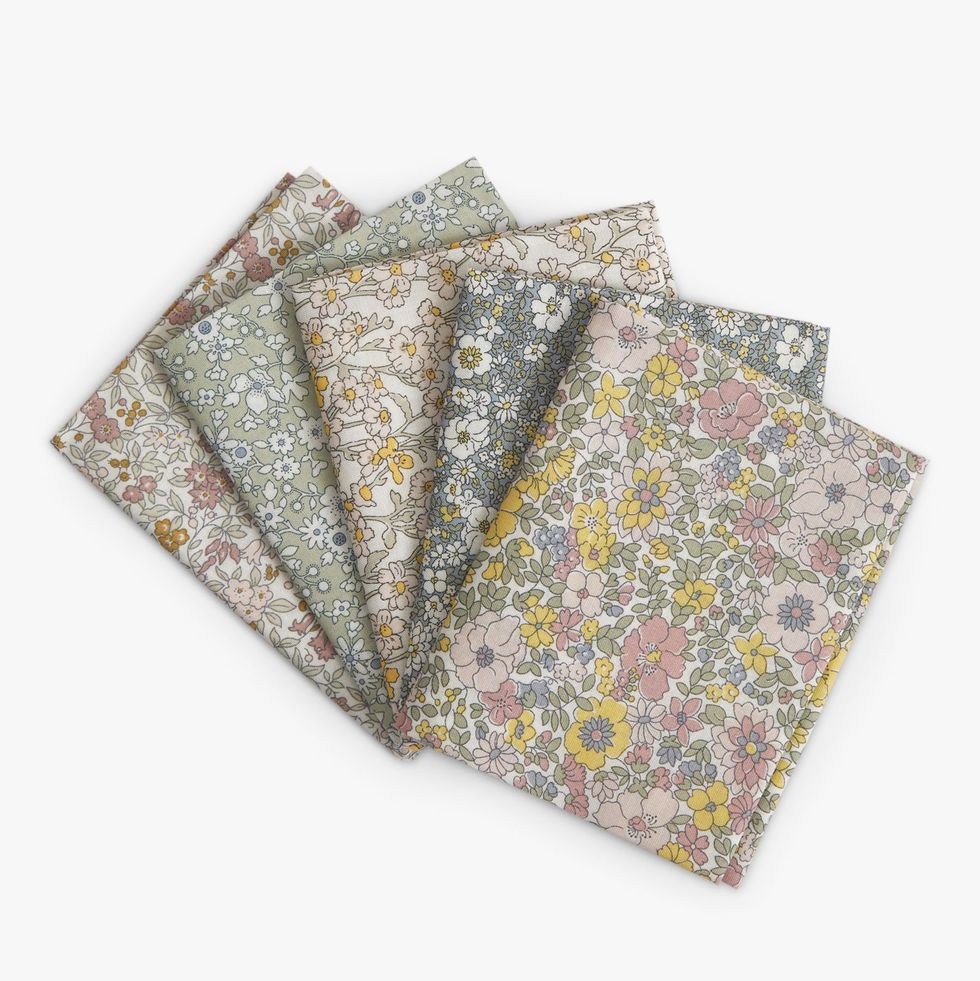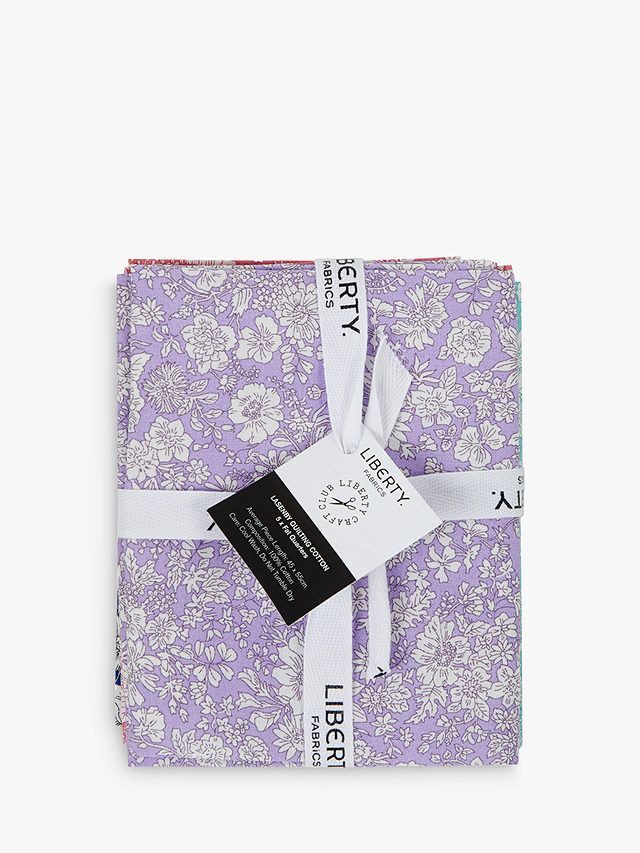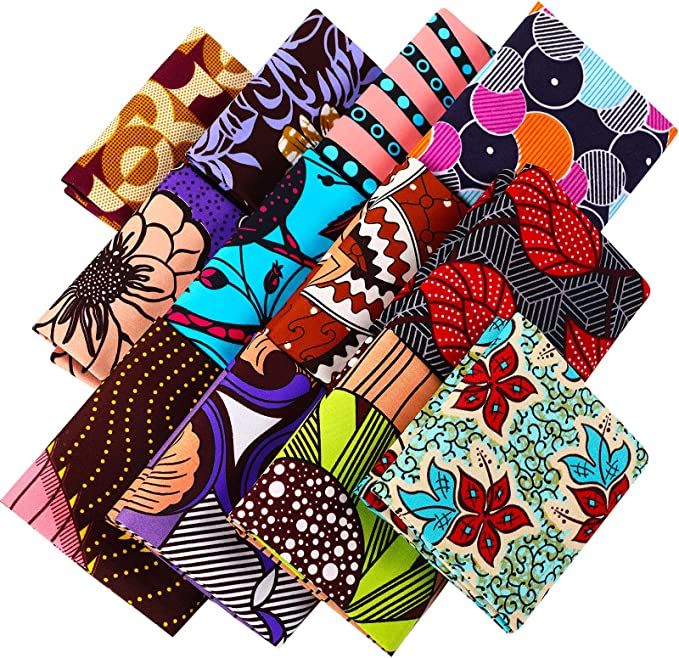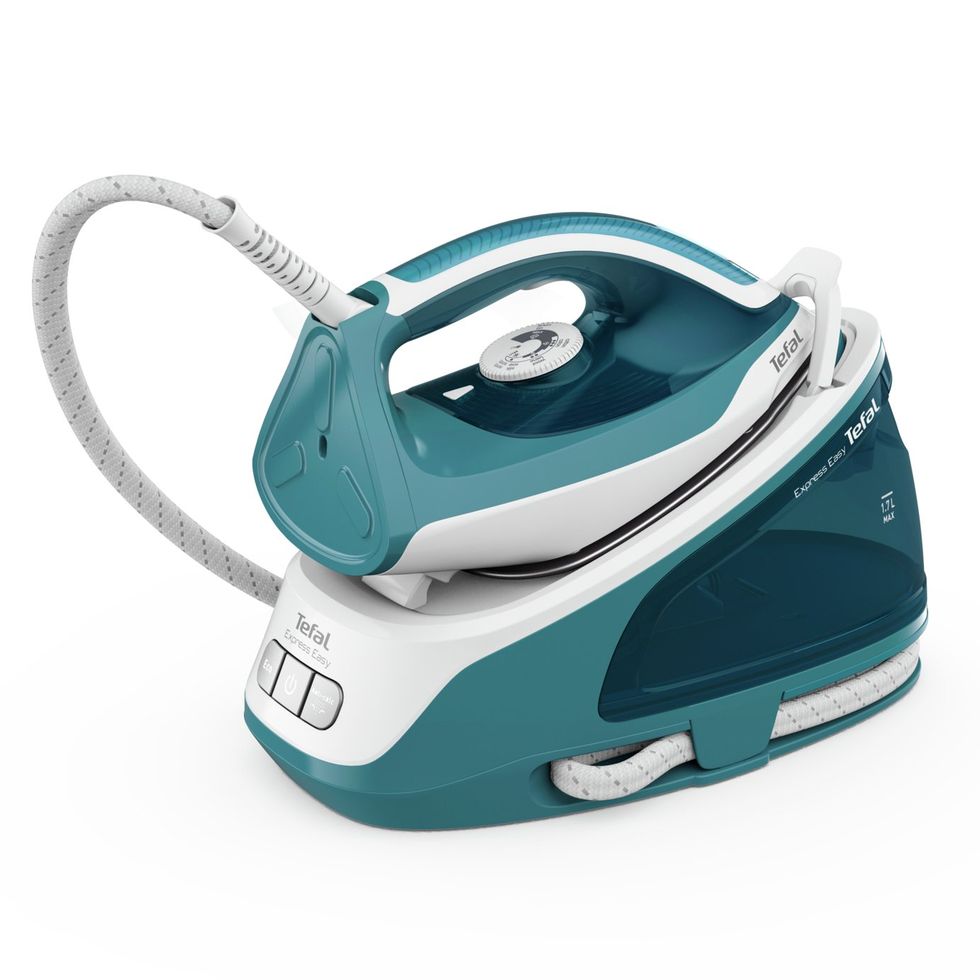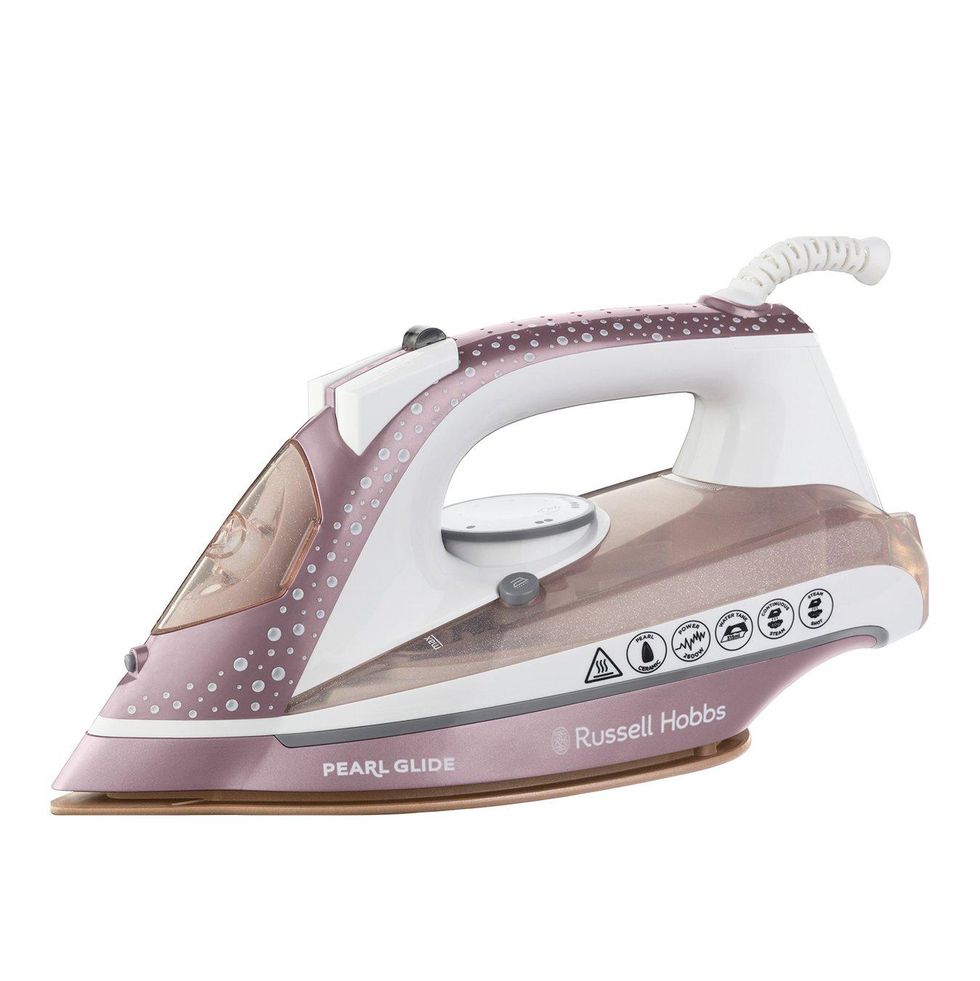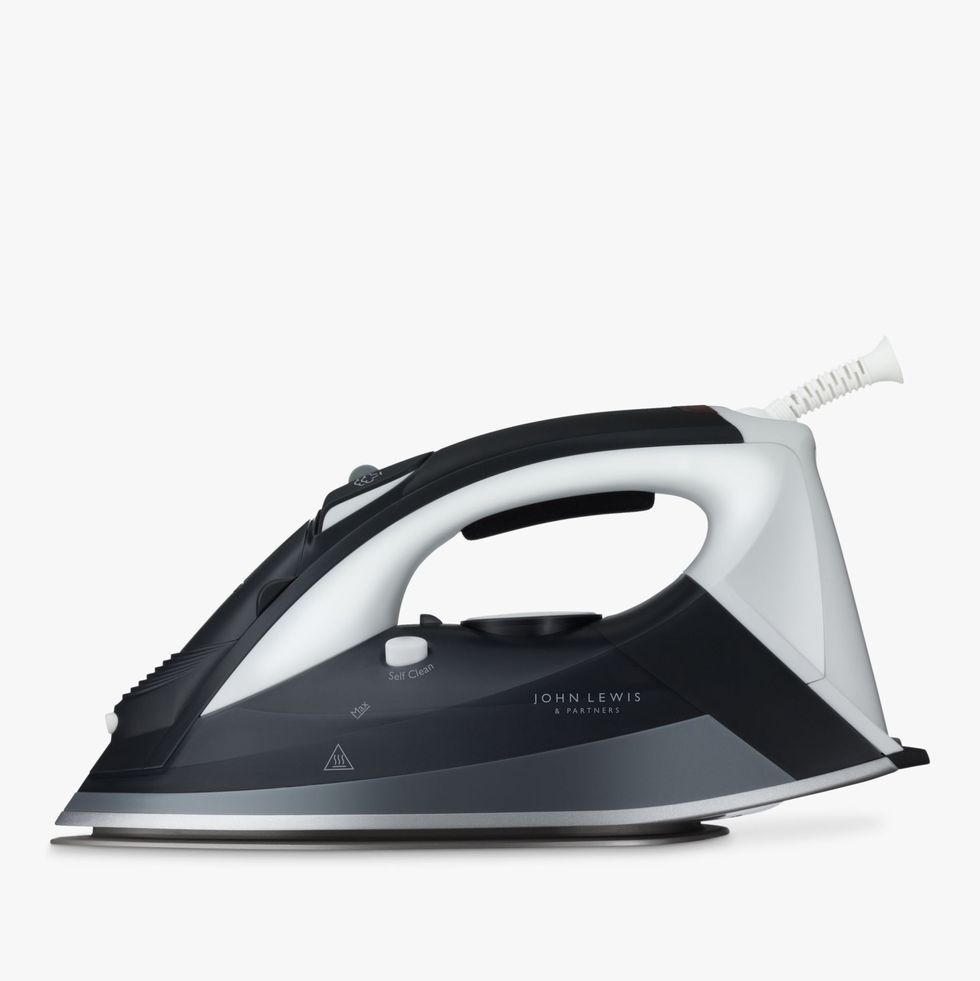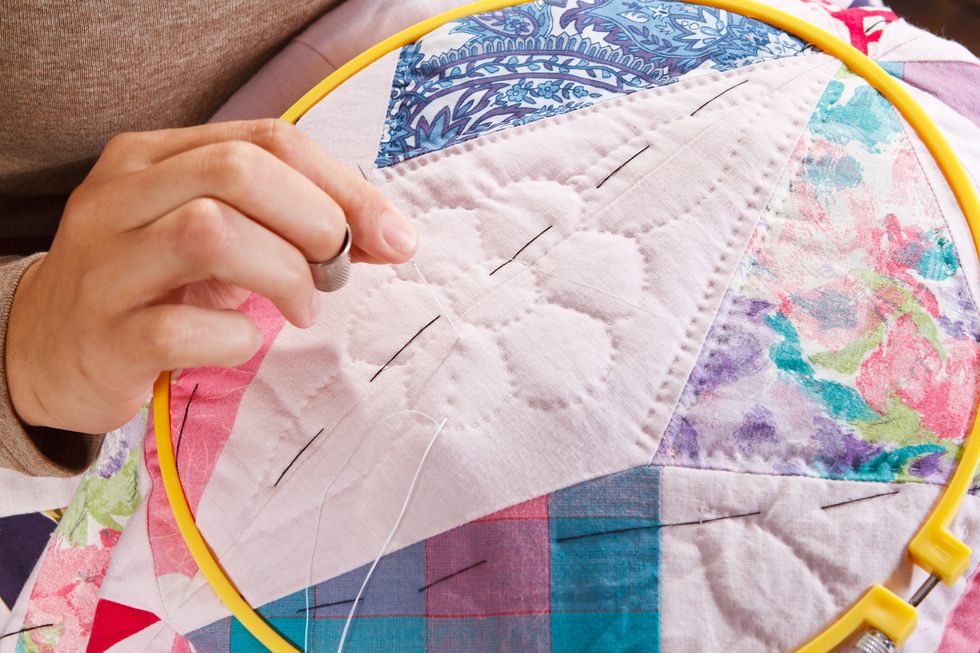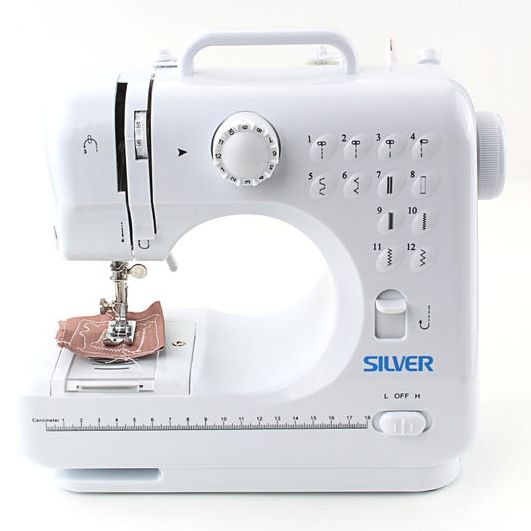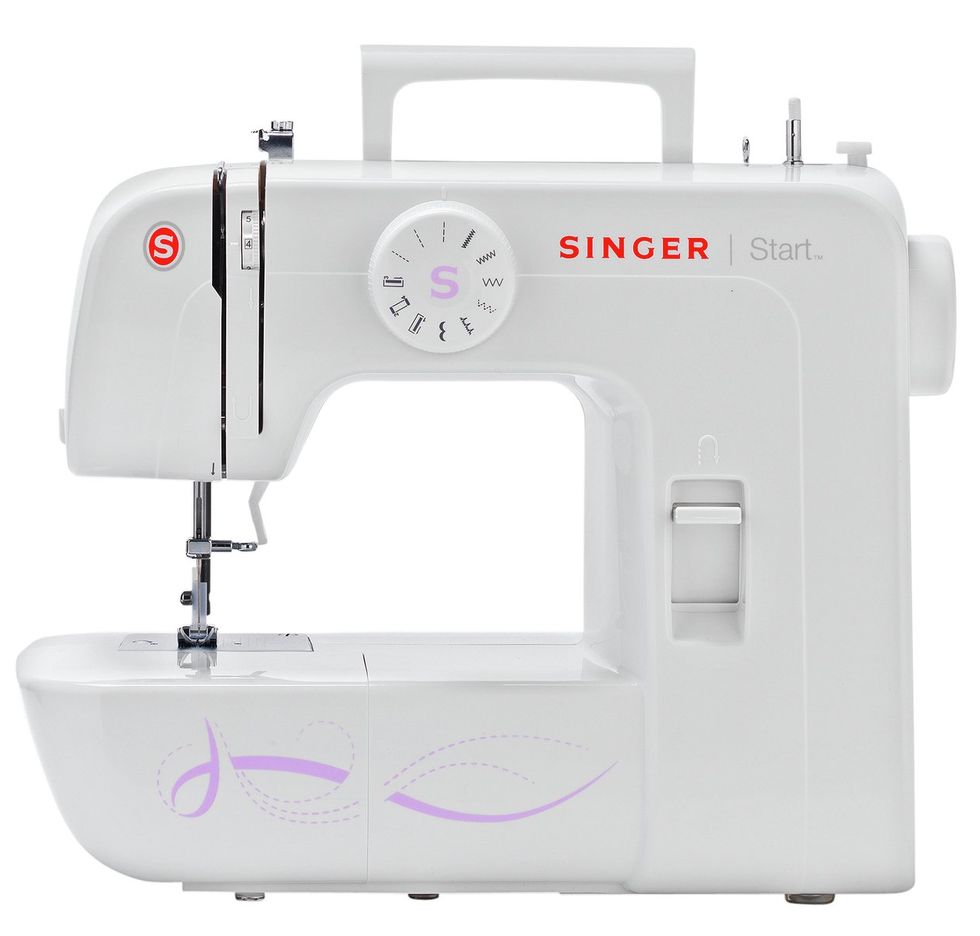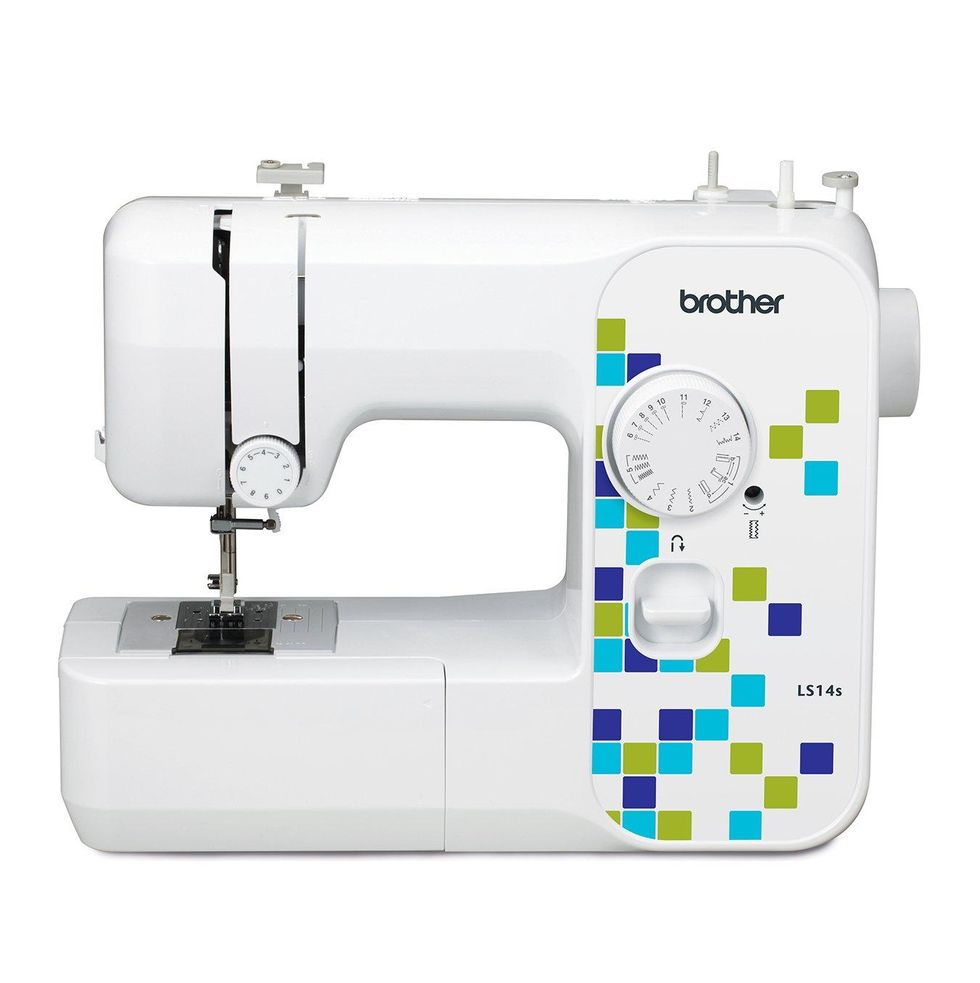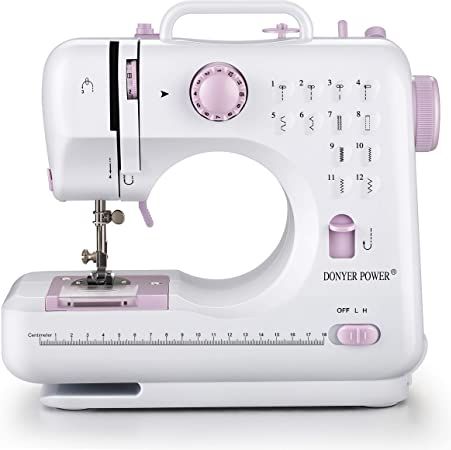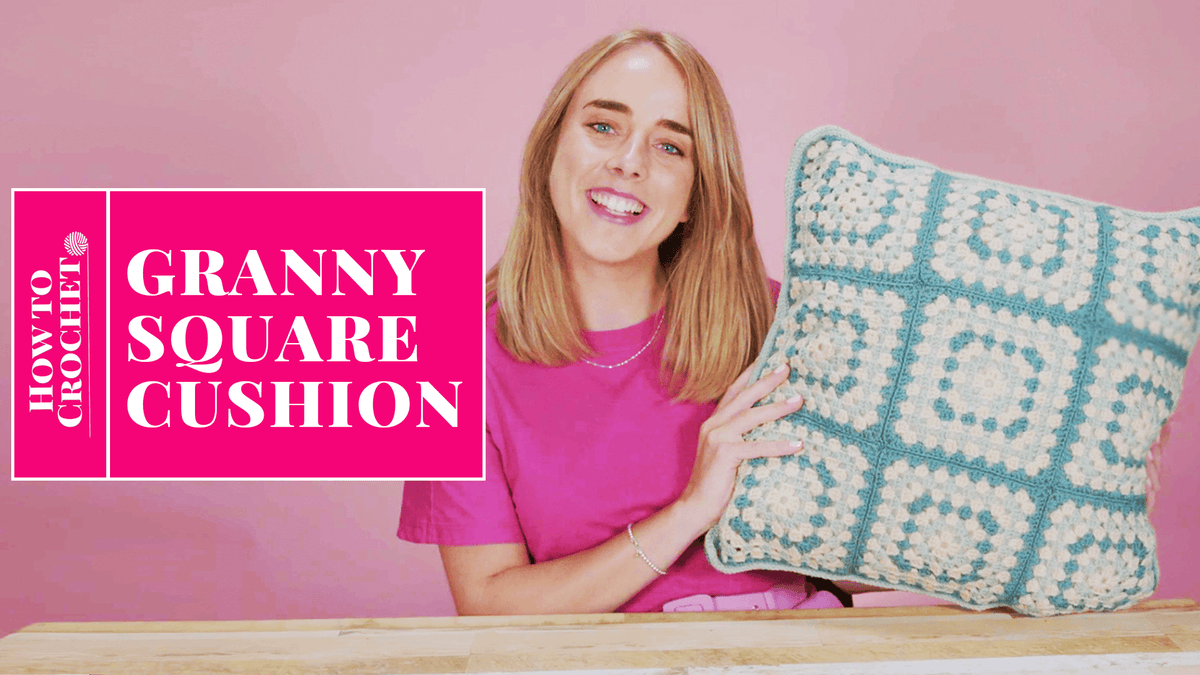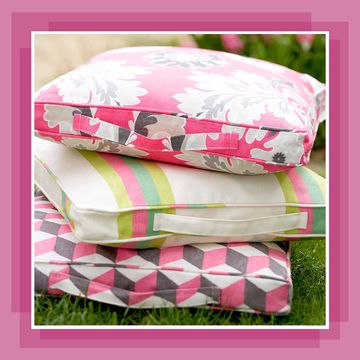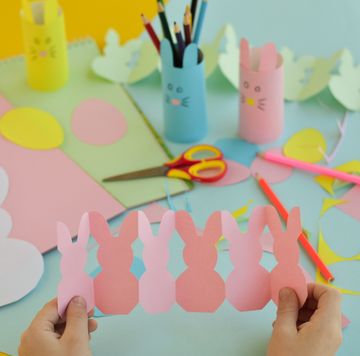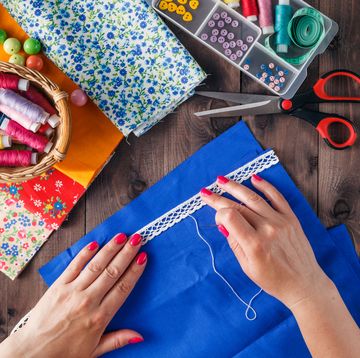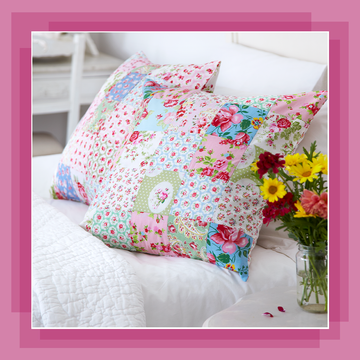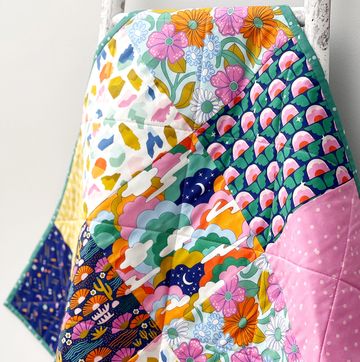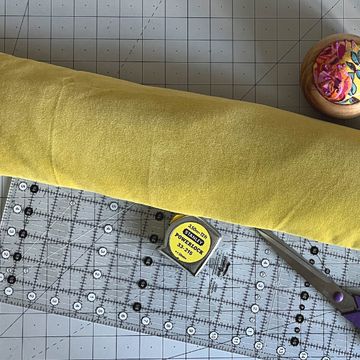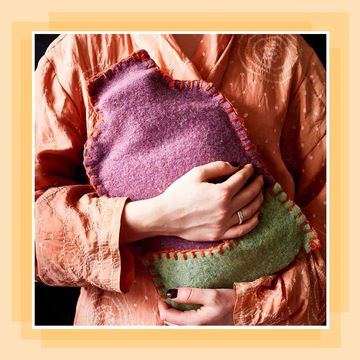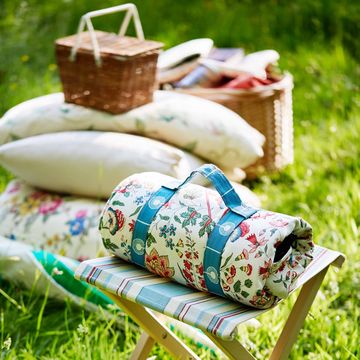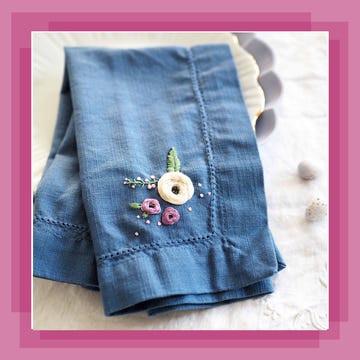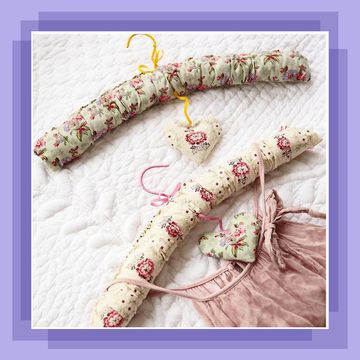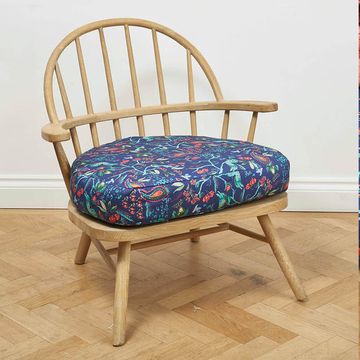At some point, every sewer will try doing some patchwork on their project. This is one step away from making your own quilt – one of the most satisfying crafts there is.
Patchwork quilts are a great craft project, even if you're a sewing or quilting beginner you'll still be able to try this technique to make a small quilt before supersizing to a bedspread.
Their beautiful, frequently colourful designs date back thousands of years, with patchwork quilt techniques found in many cultures around the world, including Ancient Egypt and China.
Created for both practical and decorative reasons, patchwork quilts have also been made to commemorate a special time – such as a birthday or wedding – to capture historical events, and simply for their artistic merit. If you've ever visited a quilting craft show, you'll know exactly how stunning they are and how much work goes into them.
But don't worry, when you're starting out you don't need to think about making a large or extravagant design – start small.
Our guide for how to make a patchwork quilt will explain what tools you need to get started, the basic techniques and give you some creative inspiration for your own projects.
And if a patchwork quilt feels too ambitious, check out our beginner's guide to English paper piecing – the perfect way to get into quilting and working in patchwork.
Is there a difference between patchwork and quilting?
Patchwork and quilting are often mentioned in the same breath, as they can be combined in the same project, but they are two very different craft techniques.
Patchwork is the art of sewing together pieces of fabric to form a pattern or block. When enough blocks have been made, they can be sewn together and used as they for projects like cushion covers and bags or to form a quilt top.
Quilting is the sewing together of a quilt made up of three layers – the top, the central wadding, and the backing. Stitches can be utilitarian (basic stab stitch) or worked in delicate patterns.
Patchwork quilt tool & materials
These are the tools and materials you need to make a patchwork quilt:
Rotary cutter
This helps you cut around curves with ease, leaving clean sharp edges to your fabric.
Self-healing mat
These are more hardwearing than other cutting mats and as you'll be needing them a lot it's best to invest in a good quality one that lasts.
Clear acrylic quilting ruler
Ideally get one that measures 6.5 x 24inches as this will allow you to accurately measure the fabric shapes you'd like to cut out from your quilt.
Mechanical pencil
These are better than ordinary pencils as they have a very fine lead that can be used to mark sewing lines and seam allowances. You can also use tailor's chalk if you prefer.
Thimble
This is to protect your fingers when you're doing any hand sewing elements of the quilt.
Masking tape
Keep a roll to hand, it's useful for holding your quilt pieces together when you're practising.
Quilting thread
Though you can use ordinary thread, quilting thread is stronger as it has been mercerized. This makes it last longer and helps quilts withstand the test of time.
Wadding
The essential section of your quilt, make sure you buy enough for the size of quilt you're making.
Backing fabric
You can use any cotton fabric as you quilt backing, but most quilters choose one that features in the patchwork design.
Needle and thread
You'll need this for the hand-tacking stage.
The best fabric for your patchwork quilt
The beauty of patchwork is that you can use up small pieces of fabric. Recycle your old clothes, incorporate treasured items such as baby clothes or use up odds and end of fabric to create something beautiful and unique.
Cotton is best as it washes and wears well. Many fabric shops sell pre-cut fabric known as 'fat quarters', (a selection of fabrics cut into quarter-metre squares), which are ideal for patchwork. You may come across packs designed by popular designers too like Kaffe Fassett.
Merion Willis, Craft Editor at LoveCrafts, gave the following advice to Prima readers who are considering making a patchwork quilt. “Thanks to pre-cut quilting fabrics, putting together a quilt has never been so easy or quick.
“A good thing to remember when you’re starting out is that layer cakes [pre-cut collections of 10 x 10 quilting fabric squares] or any other pre-cut quilting fabrics like charm packs [pre-cut collections of 5 x 5 fabric squares] and jelly rolls [wads of pre-cut fabric], come with zig zag edges. These edges prevent the fabric from fraying during transport and handling.
“Before any sewing begins, these edges need to be removed for accurate piecing. My top tip is to make sure the blade on the rotary cutter is sharp. A new, sharp rotary cutter blade should be able to make a clean cut through 6-8 layers of fabric at a time. ”
How to use a rotary cutter
The key to successful patchwork lies in cutting your fabric accurately, and the best way to do this is with a rotary cutter.
Step 1
Fold your fabric, press it it with a steam iron, and line up the pressed edge on your cutting mat.
Step 2
Place your quilting ruler over the fabric, line it up on the mat and holding it down firmly, move the rotary cutter away from you to trim the right-hand edge.
Step 3
Turn the board around without moving the fabric and cut your shape from left to right to avoid wastage.
When you get more experienced, you'll be able to cut through several layers of fabric at a time.
TOP TIP: Practise on calico to begin with and always press your fabric before you cut it.
Sewing your patches together
You can sew patchwork pieces together by hand or machine with a quarter-inch seam allowance. Before you begin sewing press the seams open with an iron as this will make it easier to sew and your work will look neater.
Step 1
When sewing by machine, always use a new needle for each project – number 80 is a good size. Set the stitch length to 2.5 or 3.
Step 2
Sew with the two pieces of fabric right sides together, with the edges travelling just under the edge of the right-hand side of the presser foot. Most good sewing machines now have a quarter-inch patchwork foot.
How to sew patches into a quilt
Quilting is usually done by hand. To get started, make a practice sandwich of your three layers.
Step 1
Place a piece of fabric on a flat surface and stick down with masking tape so that the fabric is taut.
Step 2
Load some fine cotton wadding onto the top of the backing, and smooth it out so there are no wrinkles or tucks.
Step 3
Put your top fabric where you marked a quilt pattern (with a mechanical pencil or tailor's chalk), over the wadding. Tack all three layers into place using rows of stitches using a needle and thread.
Step 4
When tacked, remove the masking tape and practise your quilt stitches – it doesn't matter how large they are, as long as they are regular. You will find your own rhythm, whether it's stitch by stitch or two or three at a time.
It helps to use a thimble on the finger underneath the work and one on the finger pushing the needle through.
Use good-quality quilting thread, which is coated with a finish that makes the thread glide through the fabric. Use short lengths of thread – approx 15 inches – and a quilting or sharp needle which has a round eye and is short and strong. Pull any beginning and end knots from the wadding layer so that you don't see their ends.
These are the two basic techniques required to make a patchwork quilt. For a thorough step-by-step tutorial see our beginner's guide to quilting which explains how to make a small patchwork quilt from scratch.
Patchwork quilt ideas
Need some inspiration? There are different ways to design your patchwork pattern, here are some ideas to try:
Hexagon patchwork quilt
Baby patchwork quilt
Striped patchwork quilt
Christmas patchwork quilt
Happy quilting!
Do you love quilting? Share your creations with us by tagging @primamag in your pictures on Instagram!

